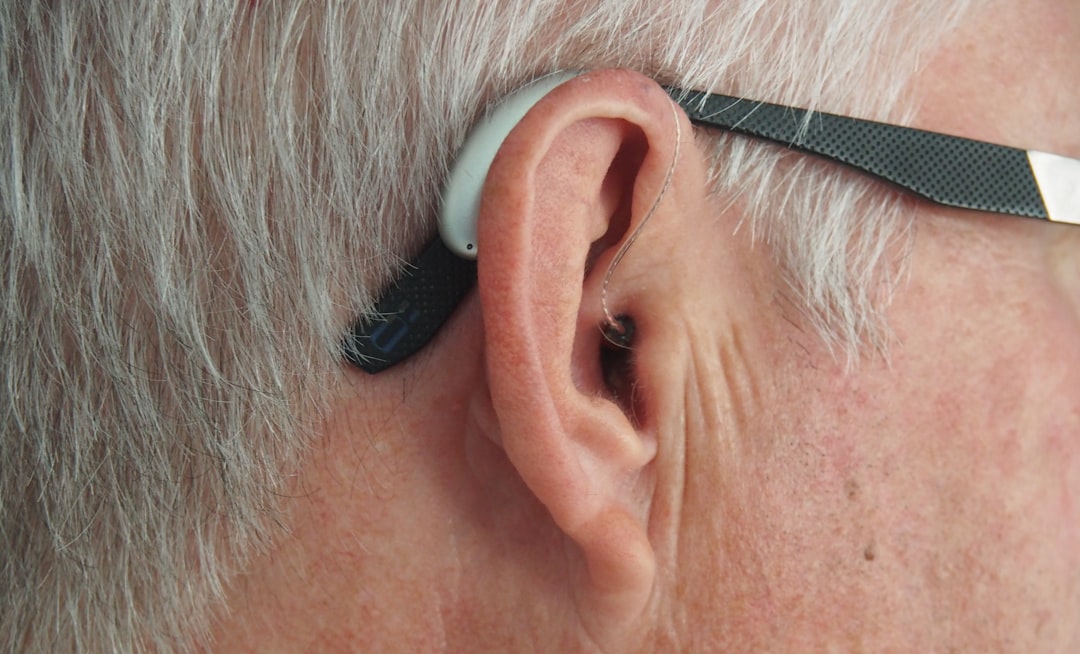What is it about?
This study looked at how children with cerebral palsy and those without it take part in family activities. The results showed that children with cerebral palsy do these activities less often and in fewer ways than those without. They are also not as involved, especially in activities with family or friends. This tells us that we need to make sure children with cerebral palsy get more chances to join in and have fun with their families.
Featured Image

Photo by James X on Unsplash
Why is it important?
We found that children with cerebral palsy face challenges in being part of everyday family activities. Understanding this can help us create better opportunities for them to learn and have fun in natural family settings.
Perspectives
This research shows that there's work to be done to make sure all children, no matter their abilities, get to enjoy family time. I believe this study can spark conversations and actions to make our communities more inclusive and supportive for all children.
Dr Milena D Milićević
Institute of Criminological and Sociological Research
Read the Original
This page is a summary of: Exploring participation in family activities among Serbian children with cerebral palsy and children with typical development: diversity, frequency, children’s presence, and engagement, Disability and Rehabilitation, August 2021, Taylor & Francis,
DOI: 10.1080/09638288.2021.1958931.
You can read the full text:
Resources
Contributors
The following have contributed to this page










